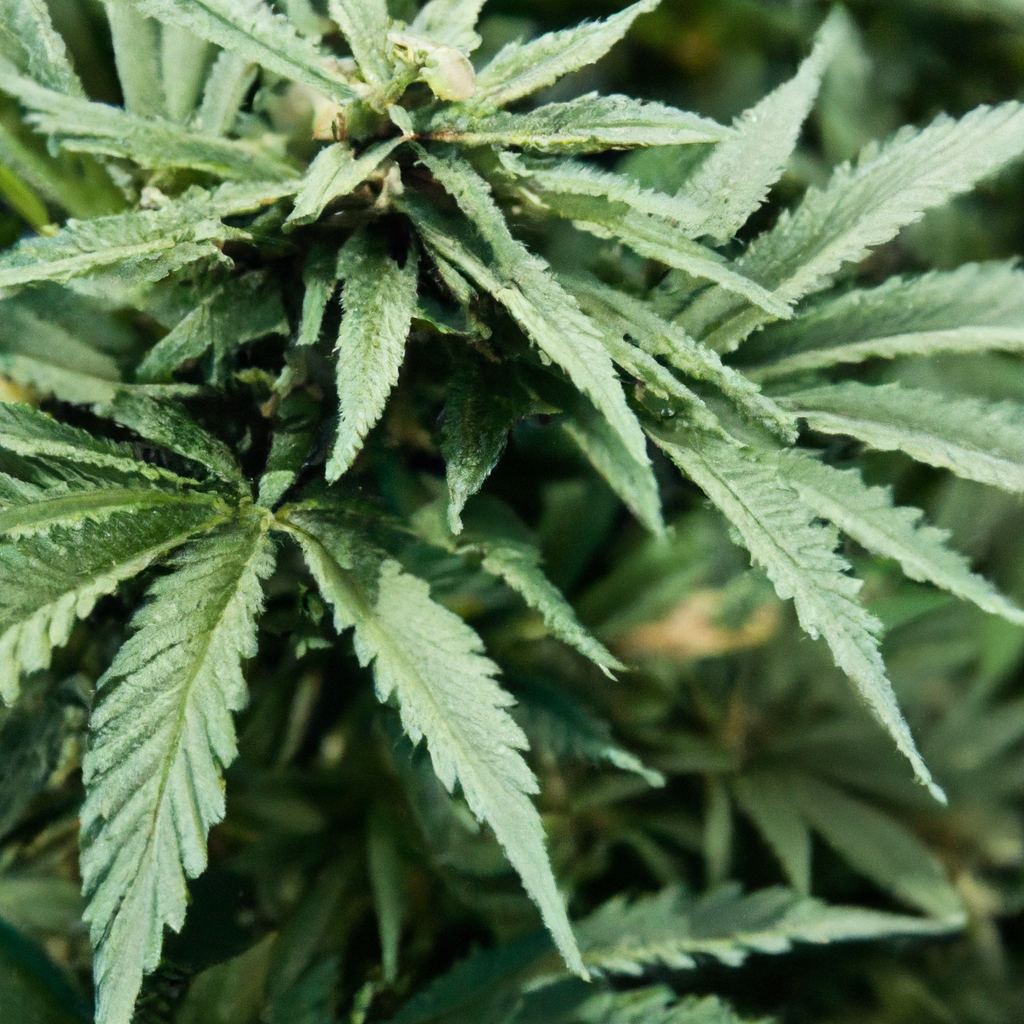By John “Magic” Greenleaf – “Growing greatness, one strain at a time.”
Introduction
In the heart of Colorado’s Rocky Mountains, cannabis cultivation isn’t just a practice—it’s a passion woven into the very landscape. With over 30 years of experience, I’ve navigated the highs and lows of growing at altitude, learning how to harness the unique environmental conditions to produce vibrant and powerful cannabis plants. Today, I share some key sustainable practices for fellow growers looking to maximize their harvest while minimizing their footprint.
Sustainable Soil Management
Soil, the unsung hero of cannabis cultivation, can make or break your crop. In sustainable growing, selecting enriched organic soil that retains moisture is crucial. Not only does this reduce water consumption, but it also enhances the plant’s nutrient uptake, leading to stronger roots and bountiful buds. Consider the following tips for sustainable soil management:
- Compost Regularly: Introduce organic matter such as kitchen scraps or yard waste to improve soil fertility and structure.
- Use Cover Crops: Plant cover crops like clover or rye to protect soil from erosion and naturally fix nitrogen.
Leveraging Renewable Energy
The cannabis industry is energy-intensive, especially for indoor and greenhouse grows. By integrating renewable energy sources such as solar panels, growers can significantly reduce their carbon footprint. Here’s how to get started:
- Solar Power: Install photovoltaic panels to generate clean energy. This not only cuts down on electricity costs but also supports energy independence.
- LED Lighting: Replace traditional lighting with high-efficiency LED systems like Gavita Pro to reduce energy consumption by up to 25%.
Sustainable Water Practices
Water is a precious resource, especially in arid climates. I’ve employed a variety of methods to ensure water efficiency, such as:
- Drip Irrigation: Rather than traditional watering methods, drip systems target the root zone directly, reducing water waste by up to 40%.
- Rainwater Harvesting: Collect rainwater during wet seasons to irrigate your crops during drier times.
Conclusion
Embracing sustainability in cannabis cultivation is not only about preserving the planet but also about enhancing the quality and yield of your harvests. By implementing these practices, you not only contribute to a greener future but often gain significant cost savings along the way. Let’s continue to grow greatness, one sustainable practice at a time.
Interested in learning more? Check out my blog at MagicGreenGrow.com where I regularly share insights from my years of experience as a cultivator in Colorado.


Leave a Reply